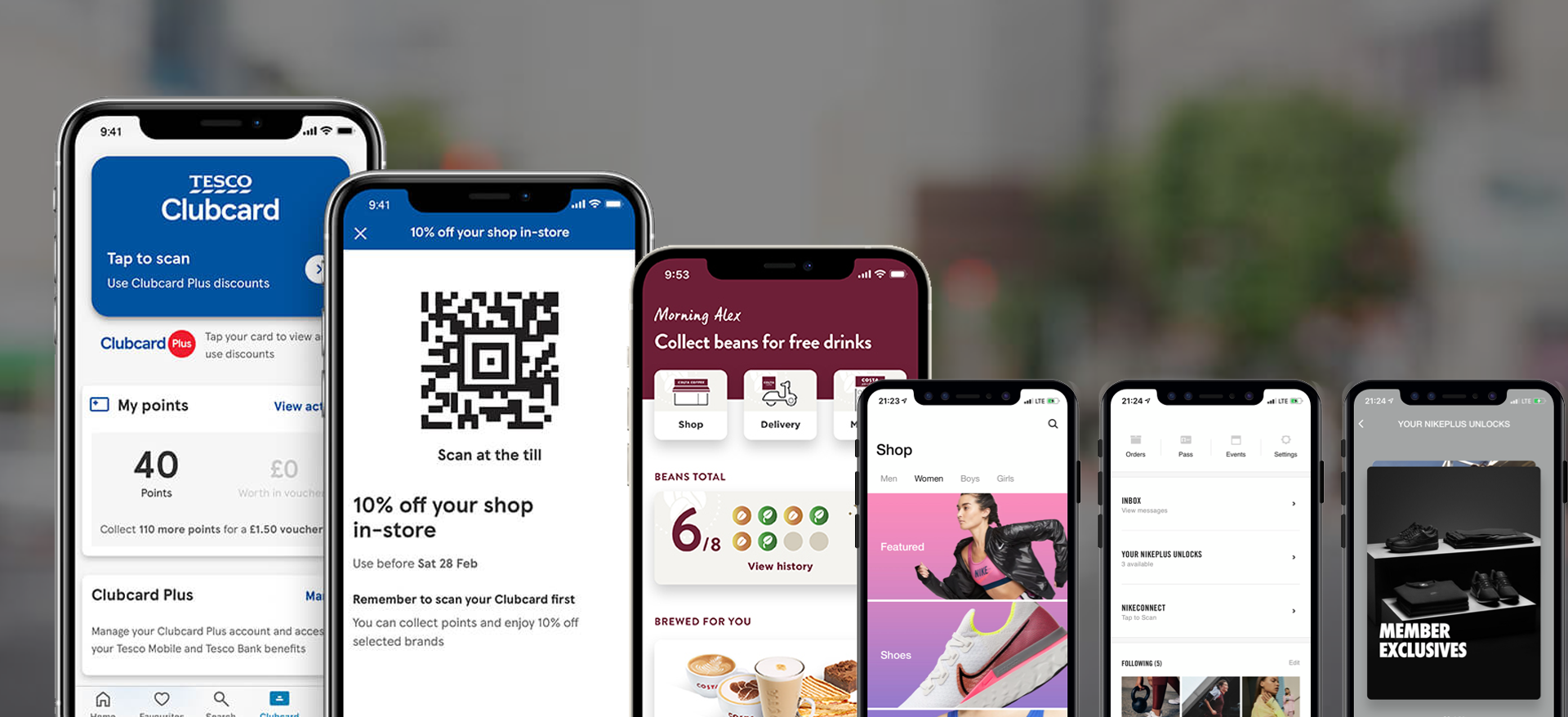
Whilst incentive strategies have been utilised for a significant period of time, they remain a vital tool for businesses to incentivise interaction and engagement from their customers. With the rapid development of new technologies and changes in social media platforms (as well as demographics), there are more opportunities to create a competitive loyalty program strategy that keeps your brand front and centre.
Rewarding Your Customers
Ensuring that your investivisation program stands out from the competition often involves a balance between both emotional and functional benefits, matching tangible elements like free delivery or general discounts with more personal rewards unique to that user (or group of users) like early access or exclusive content – encouraging your customers to maintain their engagement with your business over an extended period of time.
The use of digital rewards as an incentive for customers who maintain their engagement is, for some businesses, driving higher frequency and spend among digital customers – fast food businesses such as McDonalds have launched new rewards programs which allow the redeeming of points for menu items or other direct services.
Chris Kempczinski from McDonalds explained in a Q3 2021 earnings call that the scheme has already generated success for the fast food chain; “It also creates another touch point to increase engagement and take our relationship with customers to more responsive, more personalised places,” he said.
We’re already seeing increased customer satisfaction and higher frequency among digital customers, compared to non-digital.
Chris Kempczinski, McDonalds
Expanding On Loyalty Schemes
Many brands are going to lengths to ensure that their loyalty schemes offer something other than an entirely commercial approach to interactions for their customers. Sephora, for example, launched Charity Rewards as part of its Beauty Insider loyalty program in 2020 to enable customers signed up to the program to redeem points in exchange for charitable donations – creating a more emotion-driven connection to the brand that allows customers to make choices outside of the normal purchasing funnel.
Members of The North Face’s loyalty program takes a different route to rewarding non-consumerist behaviours, letting customers earn points through activities such as checking in at a National Park or National Monument through their mobile app, or engaging sustainable practices such as bringing a reusable bag to North Face stores.
In turn, members can redeem points for similarly themed rewards, such as unique adventure experiences like climbing with professionals, or new items related to their experiences – reinforcing the value of continuing engagement from customers, as well as integrating that engagement with elements of their life outside of commercial environments.
Customer Data Resources
Behavioural data is one of the most valuable tools for establishing a successful loyalty strategy – whether you decide to focus on in-store rewards, or emotional experiences, knowing what your customers will find particularly engaging can be the difference that makes your loyalty program stand out amongst the competition.
The more you know about your visitors, the better you can serve them, and personalisation allows you to be creative with your brand (and tone of voice) as you tailor your messaging to specific audiences and interests.
You can learn about customer habits through actions taken on your site, of course, but really getting the most from your ecommerce opportunity means understanding those actions not just as large trends, but as a series of decisions made by real people.
You need deeper insights to gauge each individual’s tolerances, preferences, frustrations, and expectations – and a plan to utilise this data in meaningful ways that have an impact on your users’ interaction and engagement.
This wouldn’t be a Wonderful article if we didn’t highlight the absolutely fundamental need to measure and improve on any digital activity. Whether using the in-built analytics dashboard, or OmniBI, you can see which organic content is performing best and why, enabling you to optimise your posting cadence, media mix, and CTAs to drive optimal performance. LinkedIn returns data on monthly engagement metrics for all your posts, while also showing Updates, Reach and Engagement separately. Paid activity enables you to drill down even further.
Latest posts

The Art of Human-Centered Design: Wonderful Strategies
Human-Centred Design is a problem-solving approach that explores the needs, behaviours, and experiences of users at every stage of the design process, creating digital products that are fundamentally people-orientated – a methodology that combines real data with creativity to develop solutions that are not only functional but also intuitive, meaningful, and aligned with user expectations.

Accessibility in UX: Designing for All Users

The Wizard of UX
Exploring the role of wonder, play and innovation in creating memorable online experiences. Uncovering the tricks behind not only getting users to their desired destinations but also how we make the steps in getting there pleasurable. What role does wonder play in these interactions and, when we know the end goal, how can we reverse-engineer wonder into the process to ignite curiosity and captivate users?